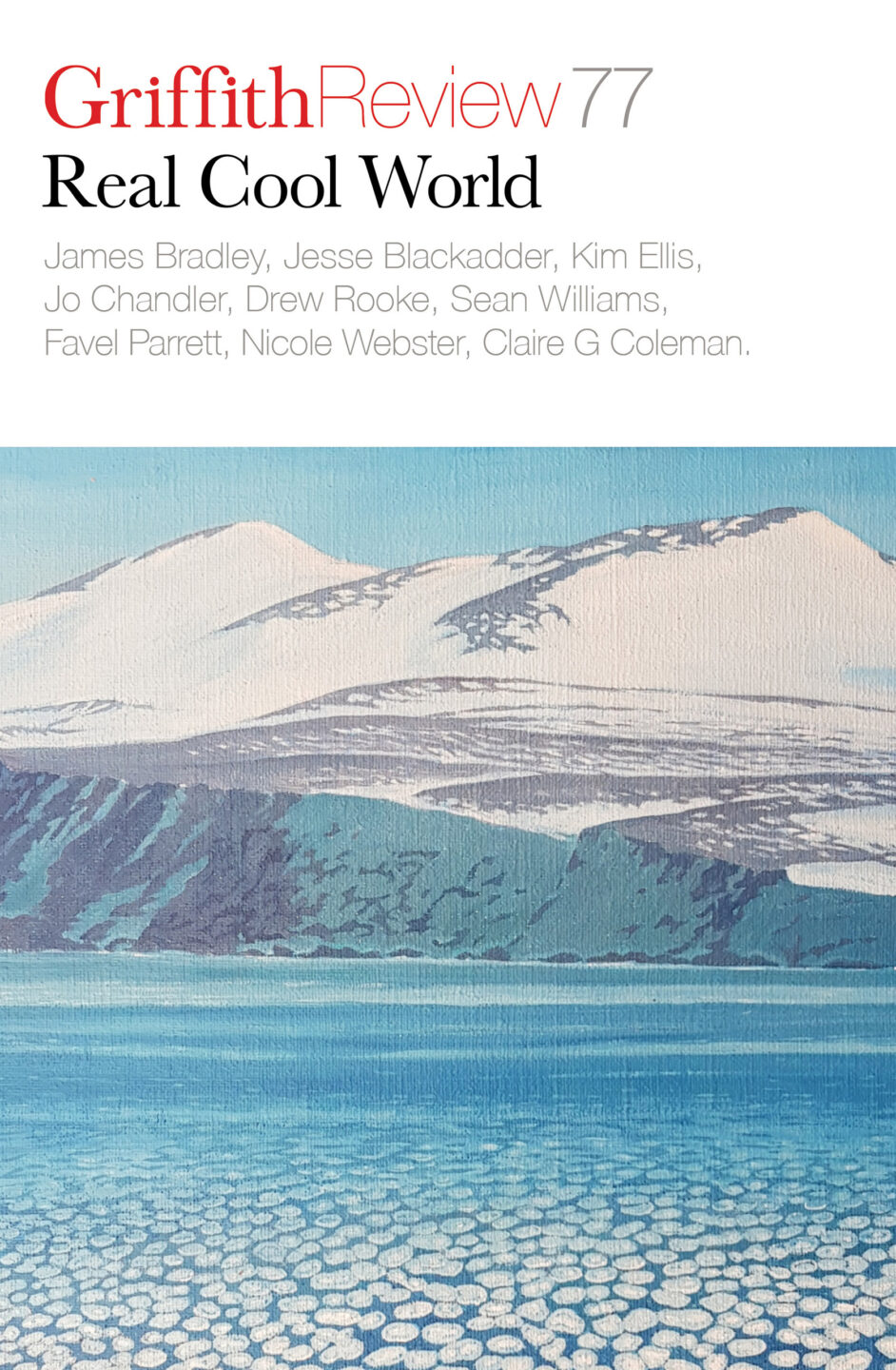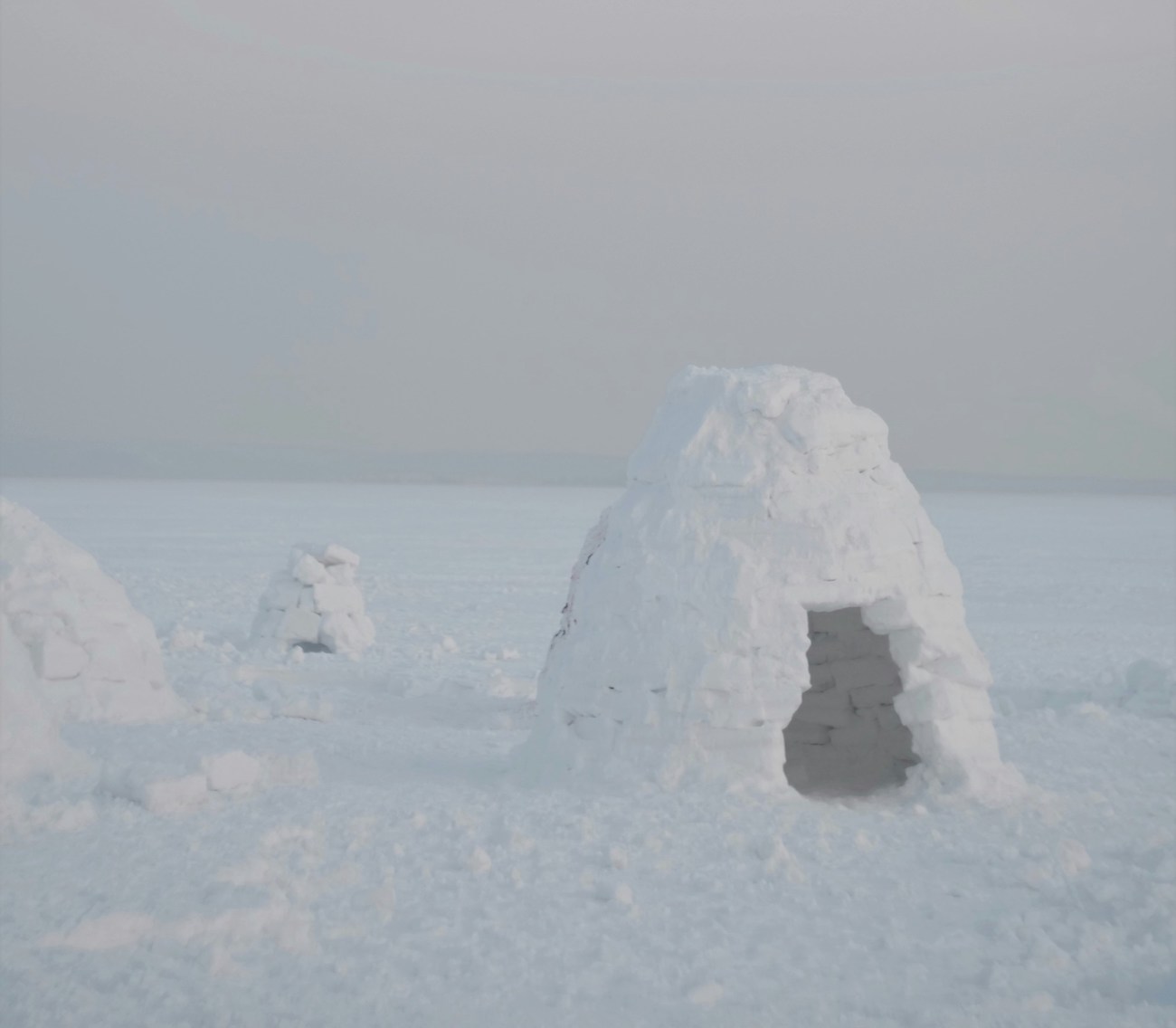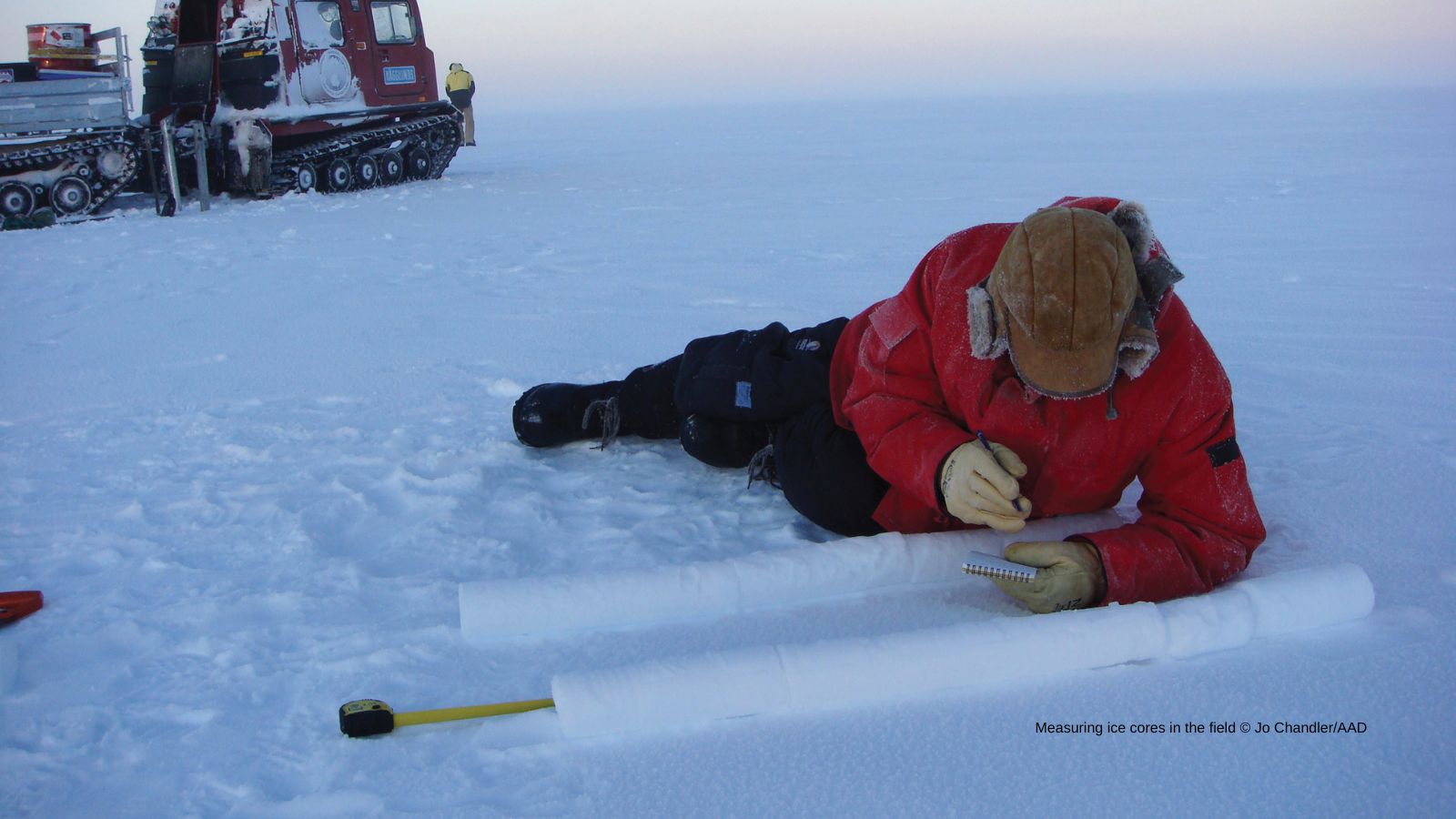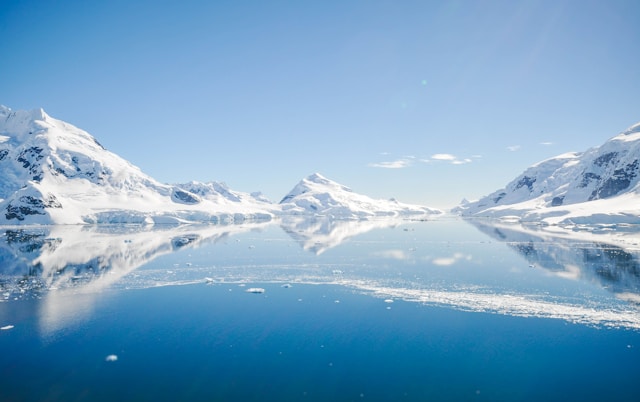Featured in

- Published 20220503
- ISBN: 978-1-922212-74-0
- Extent: 264pp
- Paperback (234 x 153mm), eBook


Already a subscriber? Sign in here
If you are an educator or student wishing to access content for study purposes please contact us at griffithreview@griffith.edu.au
Share article
About the author

Lauren Fuge
Lauren Fuge is a science writer, currently undertaking a PhD in creative writing exploring narratives of climate change. She was previously a journalist at...
More from this edition

Observing life on the edge
Memoir I KNOW THESE things. A recognisable and deep clunk as I walk along the cobble beach, its round rocks moving like bowling balls, crashing...

Buried treasure
ReportageOver the entire 800,000-year record, atmospheric carbon dioxide has never peaked over 300 ppm. For all of human history, it sat around 275 ppm until about 200 years ago, when we began to dig up and burn coal to fuel the Industrial Age. In 1950, it punched through the 300-ppm historic ceiling. In mid-May, as the forests of the Northern Hemisphere dropped their leaves, the planet exhaled atmospheric carbon dioxide at a new daily record of 421 ppm.

Convergence
FictionThe holiday brochures talk about ‘the sound of silence’ in Antarctica. That it is an experience, elliptical and expansive. This has become a long-running joke at the base. Everyone knows that life here relies on making noise.